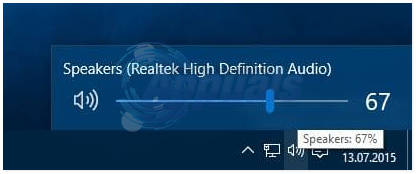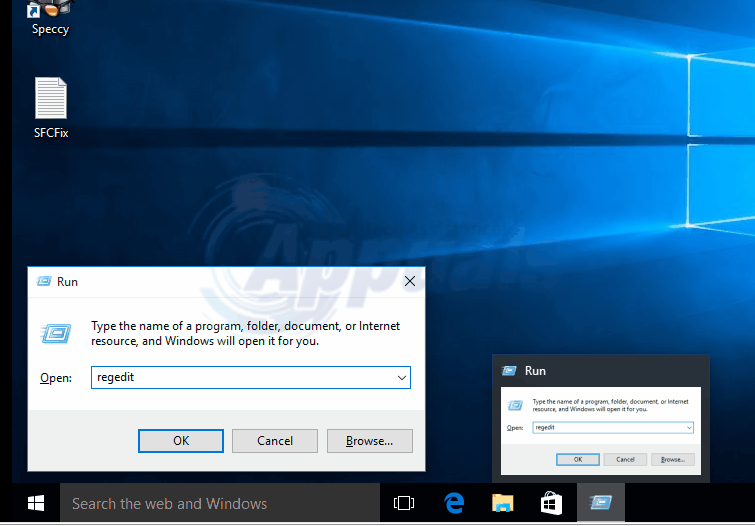Bring Back Old Volume Control in Windows 10
Windows 10 introduces a redesigned volume control, which offers a simpler look but fewer options to customize your audio levels. However, many users still prefer the classic volume control from previous Windows versions and wish to bring it back. If you’re one of them, here’s an easy method to restore the old volume control. **Before making any changes, it’s a good idea to back up your registry settings** in case you’d like to return to the default volume control later.

To follow the steps below, make sure you are logged in with an administrator account.
1. Hold down the Windows Key and press R to open the Run dialog box.
2. Type regedit and click OK.
This will open the Windows Registry Editor. Now, navigate to this registry key:
HKEY_LOCAL_MACHINE\SOFTWARE\Microsoft\Windows NT\CurrentVersion\MTCUVC
If MTCUVC does not exist, right-click on CurrentVersion, choose New → Key, and name it MTCUVC.
Next, you’ll need to edit or create a value:
Click on the DWORD (32-bit) Value named EnableMtcUvc. If it isn’t there, right-click the MTCUVC key, select New → DWORD (32-bit) Value, name it EnableMtcUvc, and set its value to 0.
Here’s what the values mean:
- 0 = Enable the old volume control
- 1 = Use the new volume control (default)
After making this change, restart your computer. Once Windows starts up again, click the sound icon in the lower right corner of your screen to see if the classic volume control has returned.

Creating a Shortcut for the Volume Mixer
Many people also ask for a way to open the Volume Mixer with a shortcut. Normally, you can right-click the volume icon in your system tray and select “Open Volume Mixer.” But if you use this feature often, it may be more convenient to have a desktop shortcut. Here’s how you can create one:
1. Right-click anywhere on your Windows desktop, point to New, then click Shortcut.
2. In the window that appears, you’ll be asked for the location of the item. Simply copy and paste the following code:
%windir%\System32\SndVol.exe -T 49490633
3. Click Next, give your shortcut a name (like “Volume Mixer”), and click Finish.
Note: This shortcut opens the Volume Mixer in the bottom right corner of your screen. If you’d rather have it open in the bottom left corner, just repeat these steps but use this code instead:
%windir%\System32\SndVol.exe -T 76611119 0
If you’re using Windows 7 or later, you can also open the Volume Mixer and right-click its icon on the taskbar to pin it for even quicker access.